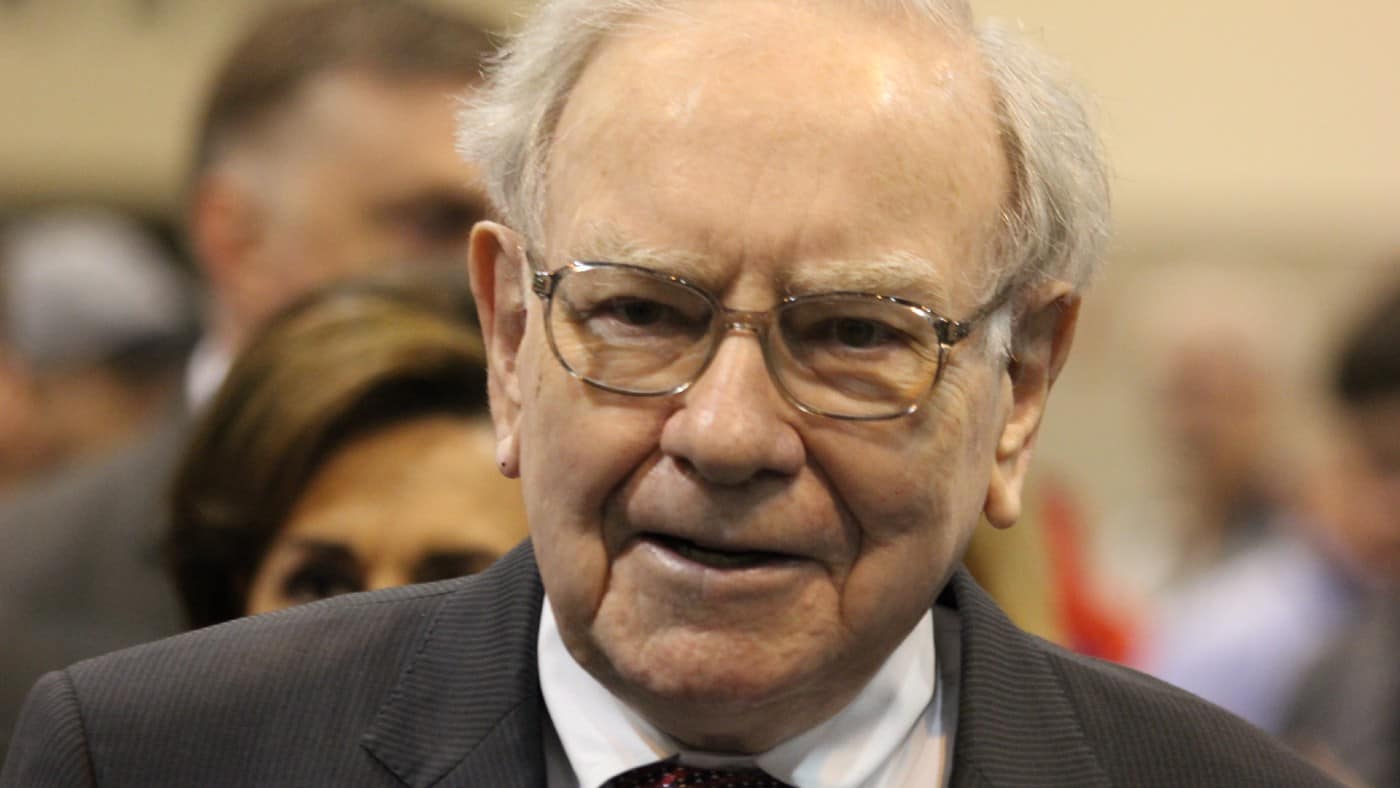Image source: Getty Images
HSBC (LSE: HSBA) shares are a key holding in my passive income portfolio, comprised of high-yield stocks. I aim to increasingly live off the dividends they pay and reduce my working commitments.
I have built up my stake in the bank in increments of £5,000 over more than a year. Investors considering using the same amount to generate passive income from the stock would make £325 in passive income in the first year. This is based on the 6.5% current yield, derived from last year’s 49p dividend and the present £7.58 share price.
If the yield averaged the same over 10 years, this would rise to £3,250 and to £9,750 after 30 years.
Turbocharging those dividends
These payouts are clearly better than can be had from standard UK savings accounts. However, they can be much more if the dividends are used to buy more HSBC shares.
This is a standard investment practice known as ‘dividend compounding’ and is the same idea as leaving interest to grow in a bank account.
Doing this, the same 6.5% average yield would generate £4,561 in dividends after 10 years instead of £3,250. And after 30 years on the same basis, this would jump to £29,959 rather than £9,750.
Adding in the original £5,000 investment and the holding could be worth £34,959 by then, although this is by no means guaranteed as there can be stumbling blocks along the way. On the same 6.5% yield, this would pay £2,272 a year in passive income.
How does the share valuation look?
I only buy stocks that look undervalued compared to competitors. This decreases the chance my dividend gains will be reduced by share price losses if I ever sell a stock.
In HSBC’s case, it looks cheap on the key price-to-earnings (P/E) stock valuation measure at 7.5. This compares to the average of 7.8 for its competitor group.
To work out how undervalued it is in share price terms, I ran a discounted cash flow (DCF) analysis. This shows HSBC shares as 55% undervalued at their present £7.58 price.
So a fair value for them would be £16.84. The market is an unpredictable place, so they may go lower or higher than that. However, the DCF valuation underlines to me the under-pricing suggested in HSBC’s P/E number.
Will I buy more shares?
A key risk for the bank’s business is that its profit margins contract as interest rates fall in some of its major markets.
That said, analysts forecast that with the special dividend announced this year the yield will rise to 9.3%. In 2025 it is projected to come down again to 6.8%, and in 2026 to rise slightly to 7%. These are all acceptable returns as far as I am concerned.
I also think the share price will stay on its recent positive trajectory. Some of this could result from the $3bn (£2.35bn) share buyback announced after its Q3 results.
But some should come from the very strong results themselves, in my view. Pre-tax profit rose 9.9% to $8.48bn, way ahead of analysts’ consensus of $7.6bn. Revenue also improved — by 5.2% — to $17bn from $16.16bn.
In sum, although I am happy with the size of my current holding in HSBC, I may well buy more in the not-too-distant future.
Credit: Source link


![Just released: February’s lower-risk, high-yield stock recommendation [PREMIUM PICKS]](https://www.fool.co.uk/wp-content/uploads/2023/05/Ice-1200x675.jpg)











